US deploys troops to face 'threat' of Russia and China: Report
The Pentagon has started rearranging US troops and military equipment across the globe as a counter-force against Russian and Chinese forces.
The US military command is sending advanced aircraft to Europe and the Pacific, the Wall Street Journal reported on Thursday.
The newspaper said the Pentagon will move the military's decades-old A-10 attack planes to the Middle East to replace the more advanced aircraft it is shifting from there to Europe and the Pacific.
The redeployment of the aircraft, which is expected to take place in the upcoming weeks, will mean that the US will reserve more sophisticated aircraft to counter what Pentagon perceives as new threats from Russia and China, while the older planes are considered enough to protect any US interests in the Middle East.
“The imperative is to get the most suitable aircraft to the Pacific for the higher threat challenges,” the WSJ quoted retired US Air Force major general Larry Stutzriem as saying. The US and some of its allies have expressed concern at possible Chinese military expansionism in the Pacific region.
Washington perceives China as its “pacing threat,” per National Defense Review documents released by the Pentagon last year – effectively meaning that the US sees the Asian nation as a rival to its “interests and values,” according to US Defense Secretary Lloyd Austin.
In the same documents, Russia was described as an “acute threat.” US and Russian jet fighter aircraft regularly fly over Syria – with the WSJ citing US officials describing the Russian forces as “increasingly aggressive.”
Following the US military pullout from Afghanistan in 2021, American troops have maintained a small, yet notable, presence of naval and ground forces in the Middle East, concentrated in Iraq and its neighboring countries.
Earlier this month, the Pentagon chief announced Washington's plan to maintain its military presence in Iraq which began with the US invasion of the Arab country in 2003 and continues for the 20 years since, leaving hundreds of thousands of people dead.
"The United States will continue to strengthen and broaden our partnership in support of Iraqi security, stability, and sovereignty," Austin said during a surprise visit to the Iraq capital, Baghdad.
Since the US-led forces ousted the former regime in Iraq, the country has been self-governed under a power-sharing system. The US withdrew its forces in 2011, claiming it had ended its combat mission in Iraq; however, some 2,500 US troops still remain inside the Arab country on what Washington describes as an “advisory” mission. Austin, who was a former head of US military troops in the Middle East, claimed in 2011 that the US forces had achieved their military objectives in the region.
D-8’s role in Iran’s economy after Cairo summit
China slams US as ‘war-addicted’ threat to global security
China ‘firmly opposes’ US military aid to Taiwan
VIDEO | Press TV's News Headlines
President Yoon Suk Yeol to be removed from office
At least 19 Gazans killed by Israeli airstrikes since dawn: Medics
Leader: Iran neither has nor needs proxy forces
US fighter aircraft shot down ‘in friendly fire’ amid aggression on Yemen


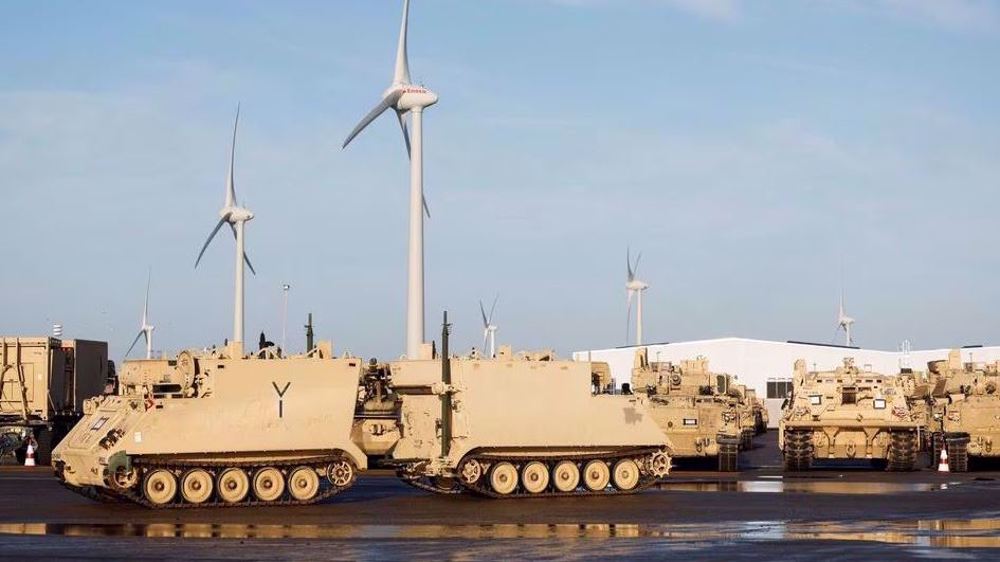
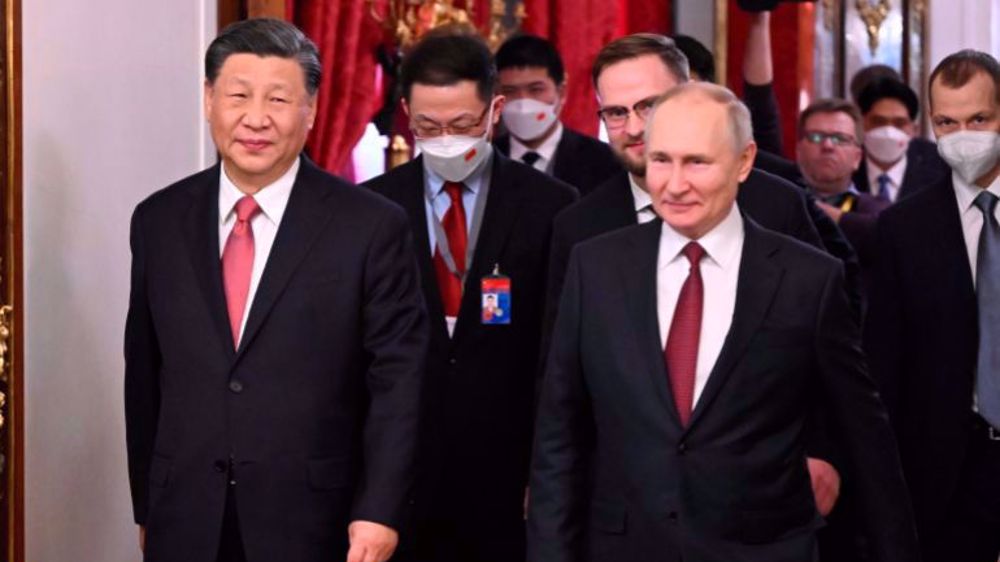
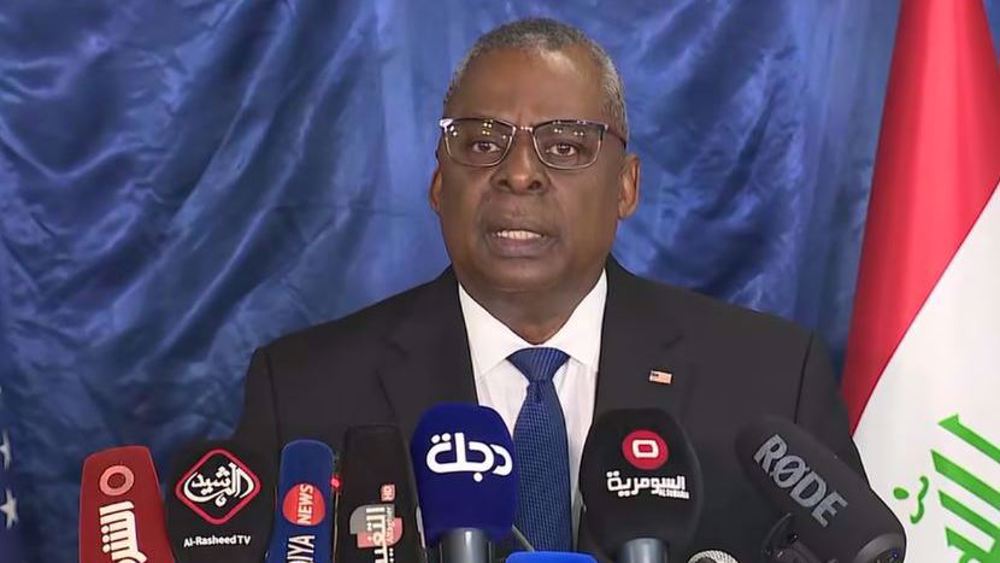
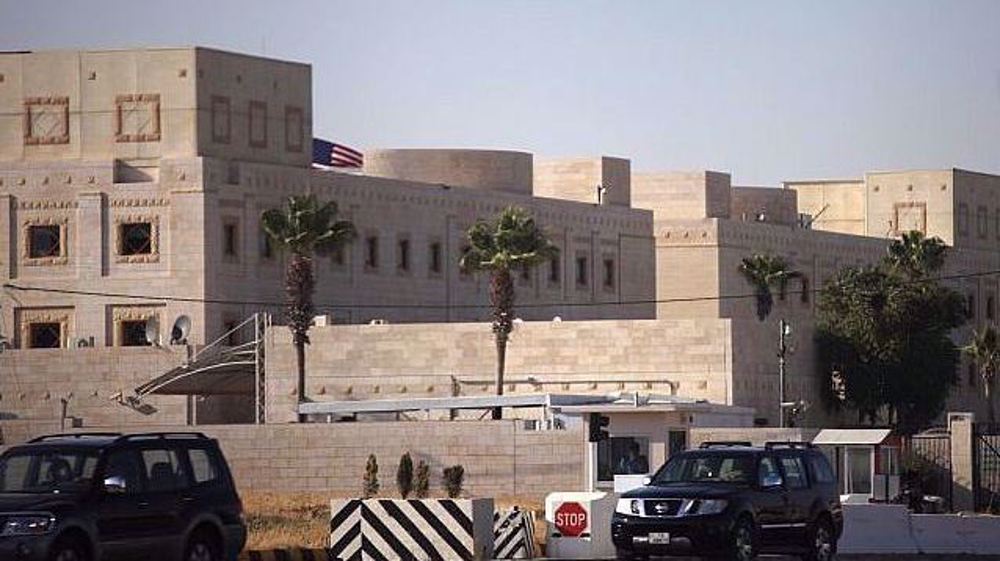

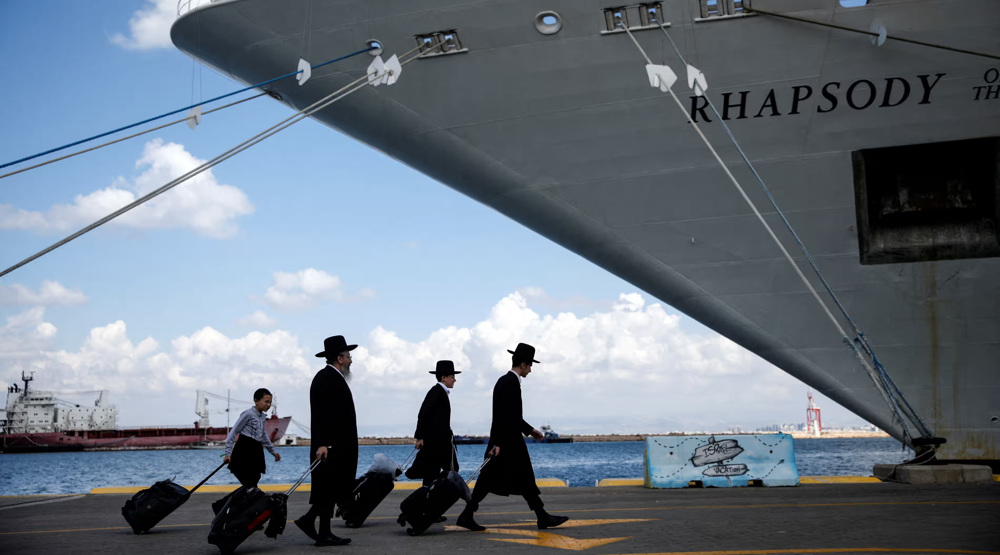



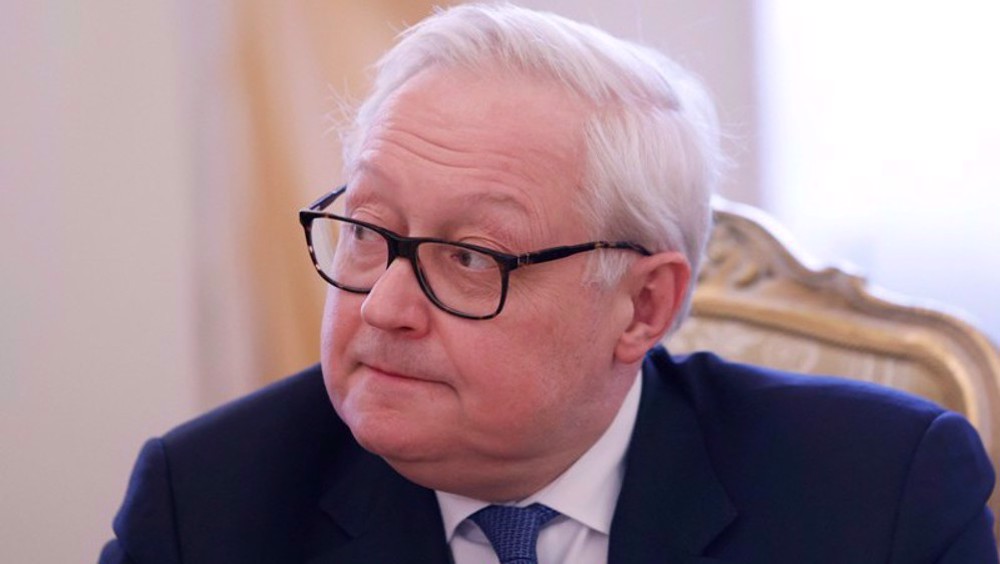
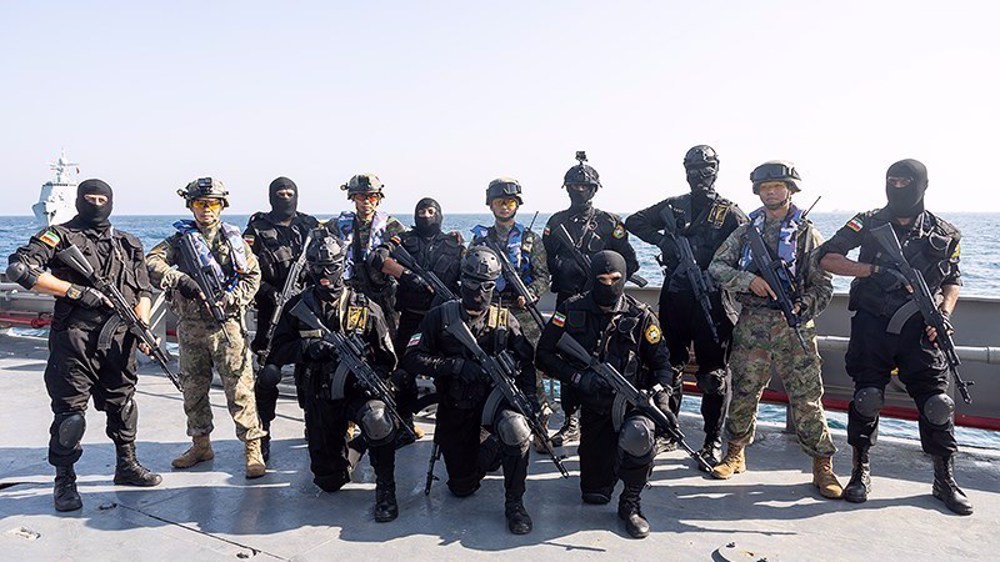
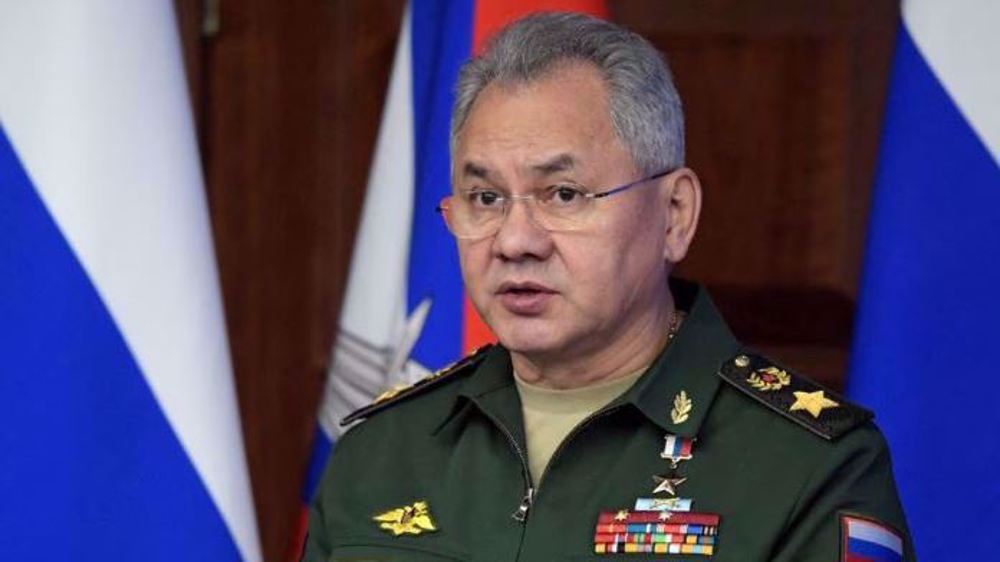
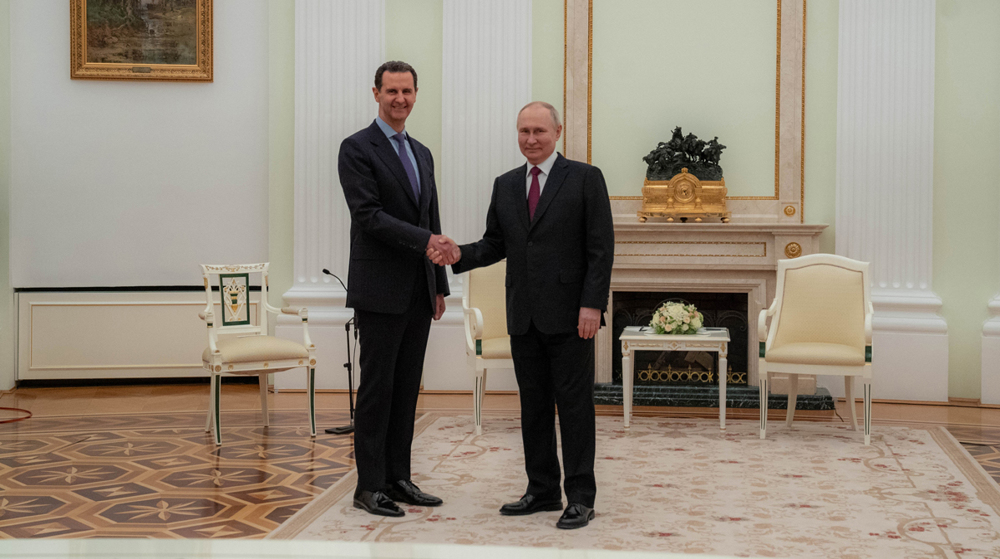
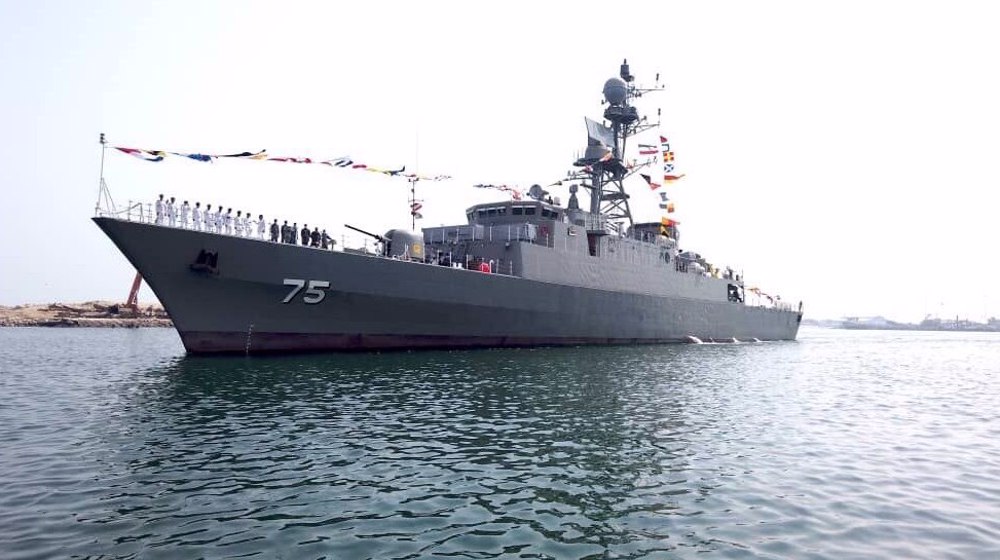
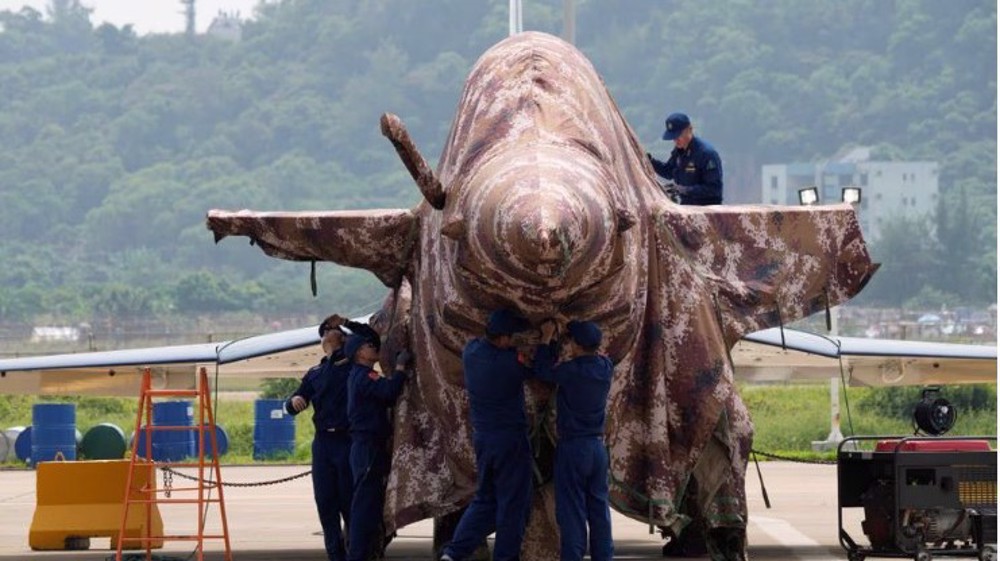


 This makes it easy to access the Press TV website
This makes it easy to access the Press TV website